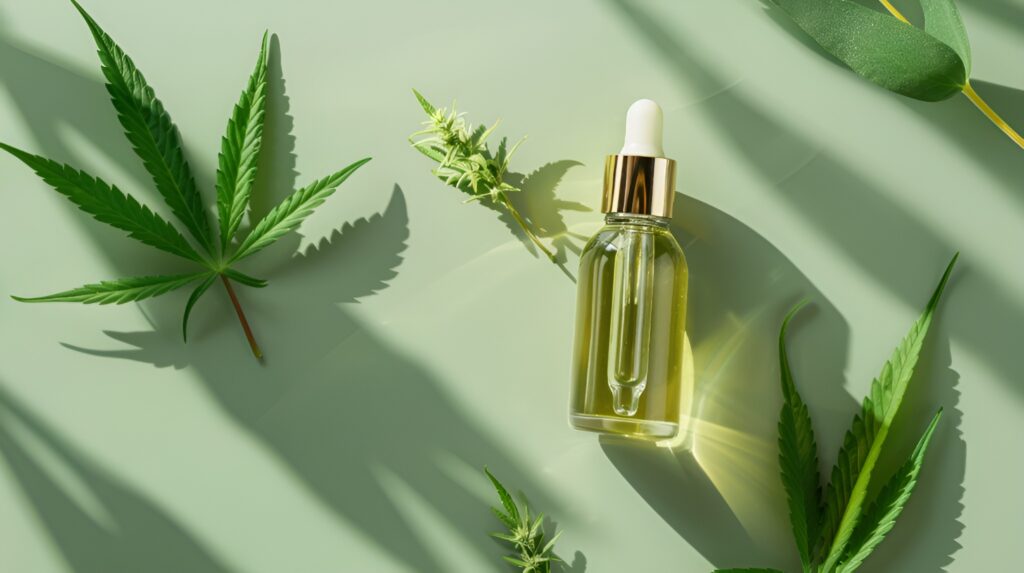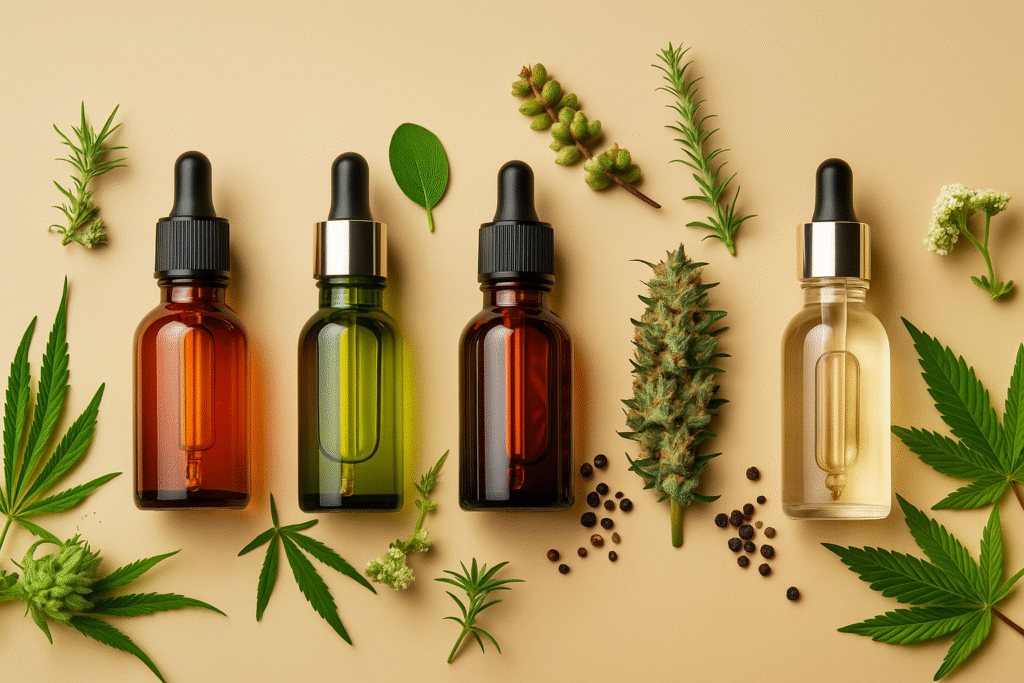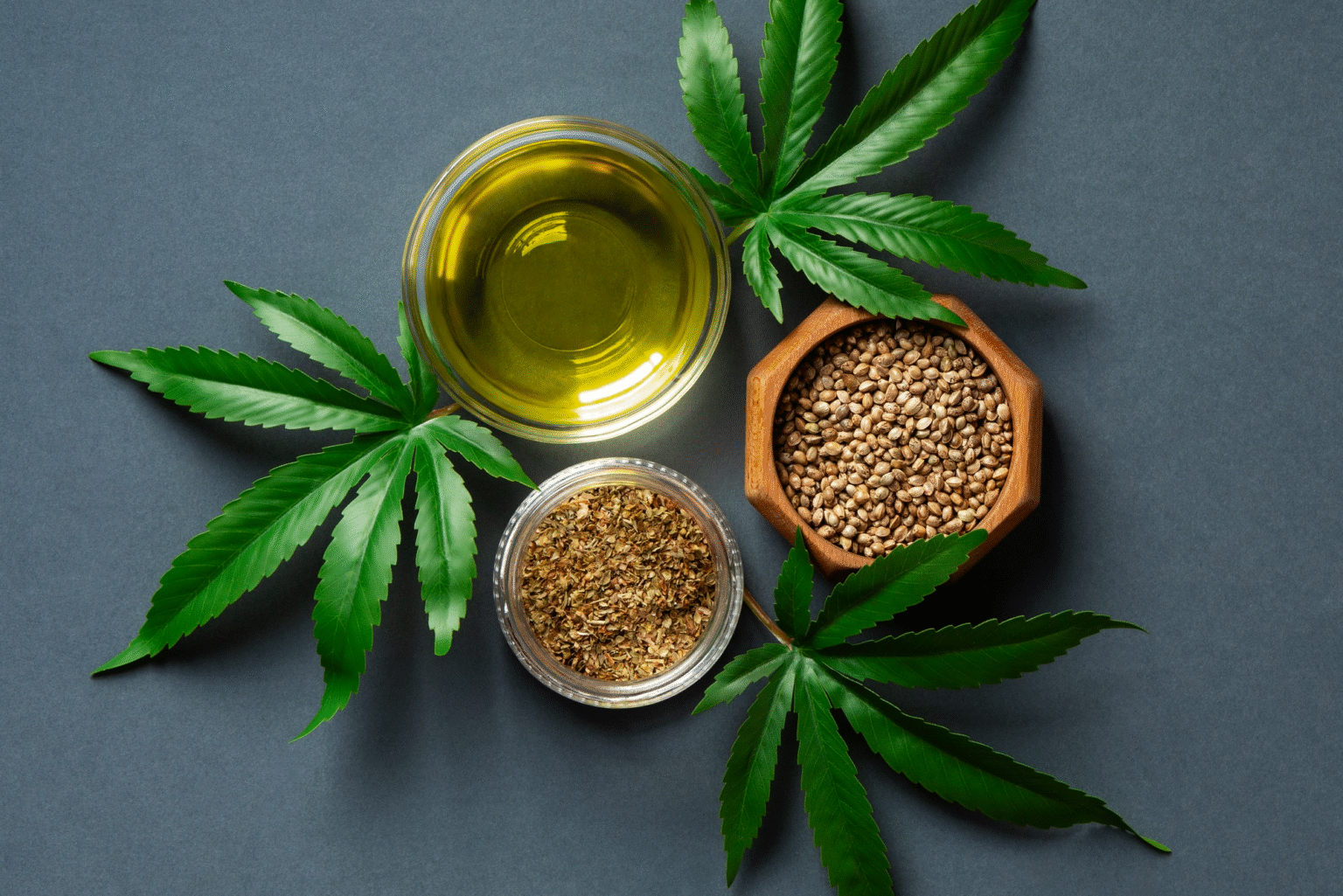Terpenes are aromatic compounds built from isoprene units that plants (and some animals) make. In cannabis, they help shape aroma and flavor and may influence effects alongside cannabinoids, though human evidence is still developing.
What does “terpene” actually mean?

At its core, terpene is a chemistry term: a large class of natural hydrocarbons assembled from repeating five-carbon isoprene units. Think of isoprene as a molecular LEGO; snap enough pieces together and you get different terpene “sizes” (mono-, sesqui-, di-, etc.). These compounds give many plants their characteristic scents like pine forests (pinene), citrus peels (limonene), lavender (linalool) and they’re key building blocks in biology (even cholesterol starts from a terpene pathway).
Plain-English definition
Terpene (n.): A naturally occurring aromatic compound made from isoprene units; found widely in plants and responsible for many familiar smells and flavors. In cannabis, terpenes help define a cultivar’s aroma and may contribute to its overall effects.
Terpenes in cannabis: why they matter
Open a jar of flower and the nose knows terpenes drive the scent and flavor profile (citrusy, piney, floral, peppery). Cannabis concentrates these compounds in trichomes (the “frosty” resin glands). Beyond aroma, terpenes may modulate how cannabinoids like THC and CBD feel, a concept often called the “entourage effect.” Current human evidence is limited and evolving, so treat claims with healthy skepticism, but the synergy hypothesis is a major reason cultivators and consumers track terpenes.
Terpene classifications (the quick scaffold)
Chemists categorize terpenes by how many isoprene units they contain:
- Monoterpenes (C10) – e.g., limonene, myrcene, linalool
- Sesquiterpenes (C15) – e.g., β-caryophyllene, humulene
- Diterpenes (C20) – e.g., plant pigments and coffee diterpenes (kahweol)
Each step up changes volatility, aroma, and behavior.
A simple terpene glossary (cannabis & everyday life)
*Most findings are from lab/animal or aroma studies; robust human clinical evidence is limited. Interpret “effects” cautiously.
Terpenes beyond cannabis: the bigger picture

Terpenes are everywhere: in essential oils, spices, citrus, conifers, even rubber (polyisoprene). They serve plants as chemical messengers attracting pollinators, repelling pests and contributing to flavors and fragrances across consumer products. Historically, studying essential oils and terpenes even led to a Nobel Prize (Otto Wallach, 1910).
Terpene vs. Terpenoid: is there a difference?
You’ll see the terms used interchangeably, but technically:
- Terpenes are hydrocarbons (just C and H).
- Terpenoids (isoprenoids) are modified terpenes (often oxygenated).
In everyday cannabis writing, “terpenes” usually covers both.
Do terpenes change how cannabis “feels”?
Short answer: maybe, and context matters. Observational and preclinical studies suggest terpenes can shape aroma perception and interact with cannabinoids, which might influence experience. But cannabis effects depend on dose, delivery method, individual biology, and the full chemical fingerprint, not only any single terpene. Treat strain charts as guides, not guarantees.
How to actually use terpene info when you shop

- Read the lab: look for a terpene panel if available, the dominant 2–4 terpenes often explain the scent/flavor you notice.
- Pair nose with numbers. Your nose is a fast filter; lab data confirms. If you love citrus-forward aromas, look for limonene/linalool; for piney/fresh, pinene; for spicy, β-caryophyllene.
- Test, track, and compare. Keep notes on cultivar, terpene profile, and how it felt for you. Human responses vary; data plus self-tracking beats hype.
Quick “Terpene Meaning & Definitions” cheat-sheet
- Terpene meaning: Natural aromatic compound made from isoprene units; common in plants, key to cannabis aroma.
- Terpenoid meaning: Oxygenated (or otherwise modified) terpene.
- Monoterpene / Sesquiterpene / Diterpene: Size classes with 2, 3, or 4 isoprene units (C10, C15, C20).
- Entourage effect: The idea that compounds in cannabis (terpenes + cannabinoids) may work together; promising but not conclusive in humans.
Responsible use & safety note
Terpenes are generally recognized as safe for many flavor/fragrance uses when present in tiny amounts, but concentrated terpene products are potent, irritating to skin/eyes, and flammable. Always follow labels and store safely.
Whether you’re lighting up a citrusy joint, walking through a pine forest, or unpeeling an orange, you’re experiencing terpenes at work. These tiny, fragrant molecules shape much of what we taste and smell and in cannabis, they may even influence how we feel.













